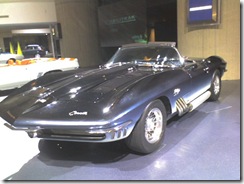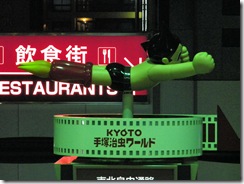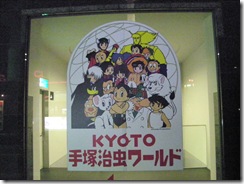As an island with limited resources Japan's culture has always valued the efficient use of what was available to the society. Unfortunately the environment as a whole was not seen as one of the resources to be managed and an ecological perspective wasn’t part of the general consciousness until the last several decades.
A very thorough discussion of Japanese views on the environment can be found in this book by Washington State Professor W. Puck Brecher.
Following WWII, the country raced to rebuild itself as a modern economy at all costs, allowing pollution to reach unprecedented levels, much like China is doing today. The oceans surrounding Japan became dumping grounds for heavy metals like Mercury and Lead while air pollution made masks a necessity for breathing, in cities like Tokyo.
Fans of the old Toho Studios monster movies may remember Hedorah the Smog Monster, an incarnation of the evils of pollution born in Fuji City, home to many paper mills and its attendant byproducts.
An equally larger than life figure working on the other side to protect the environment over the last forty years is C.W. Nicol, a Welshman who came to Japan in 1962 to study Karate at the Shotokan in Tokyo. Nicol has used his paradoxical position as an outsider to Japanese society who’s also a committed Japanese nationalist and naturalist, to champion ecological causes. Through his many commercials and public appearances Nicol-san has leveraged his fame and notoriety to badger, shame and motivate Japanese companies and bureaucrats to save the environment and stop common practices like the dumping of toxic wastes in forests.
Here’s a good profile of Nicol done ten years ago in Outside magazine that shows various aspects of his personality and his work.
Japan has come a long way from Nicol’s description of the dirt and grime of Tokyo streets and environmental concerns are being addressed seriously. Underscoring this fact, the presumed winners in Sunday’s national elections, the upstart Democratic Party of Japan includes environmentalism as one of the planks of it’s platform.







